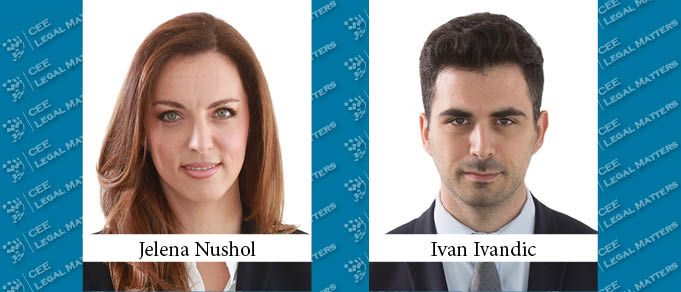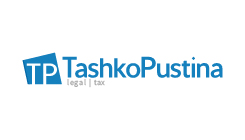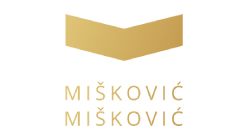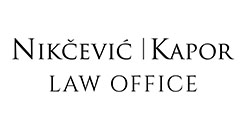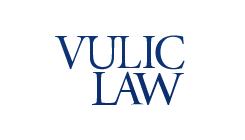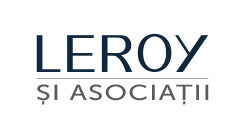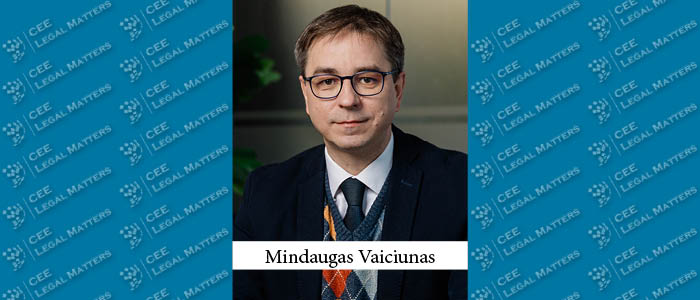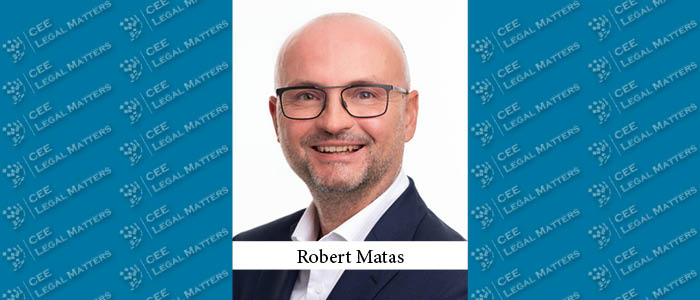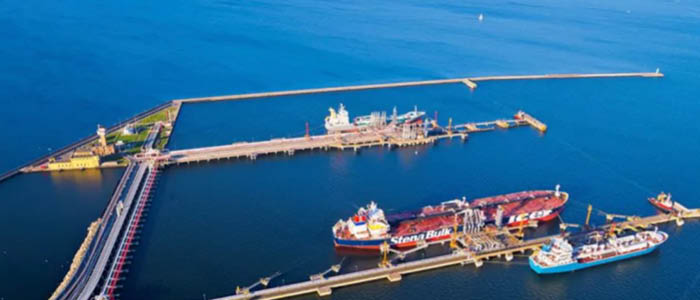When investors think of attractive and developed capital markets, Croatia’s is probably not the first to come to mind. Can that be changed?
Croatia has put a great deal of effort into developing its capital market legislation over the past ten years, mainly to align it with the EU Acquis. Nonetheless, the country’s capital market continues to share many characteristics with still-emerging capital markets.
What we have been looking into lately are specific instruments commonly seen on larger capital markets, such as bonds issuances, covered bonds, securitization, and so on. Securitization – which inevitably means thinking of its not-too-good reputation following the 2008 financial crisis – could stir things up in Croatia’s capital market. To remove securitization’s post-crisis stigma and to create a quality securitization market, the EU Parliament and the Council of the EU have adopted Securitization Regulation (EU) 2017/2402, which introduces an important legislative framework, specifically addressing requirements for simple, transparent, and standardized securitization.
With EU legislation for “post-crisis stigma-free” securitization and with companies regularly getting their funding the old-school way (i.e., bank financing, shareholder loans, and the unfortunately-rare public offerings of shares and bonds), accessing funds through financing alternatives and enabling diversification of funding sources while distributing risk at the same time through securitization could be the next interesting trend on the market.
Breaking Down Securitization
What is securitization? In a nutshell, it is a type of structured financing that enables the “originator” of claims, or in simple legal terms, the assignor, to refinance a set of claims. The examples of originators are banks, leasing companies, companies with certain volume of claims, such as electricity or highway companies, etc. The originator selects, pools, and repackages a portfolio of its claims, organizes them into different risk categories for different investors, and assigns them to a “securitization special purpose entity.” Upon the transfer the special purpose entity issues debt securities (for example, bonds) to investors on the capital markets. Generally such securities reflect the proceeds from the underlying claims. The special purpose entity collects payments from the underlying claims and uses the proceeds to make payments on the issued debt securities to the investors. The securitization may include other process participants such as a sponsor financial institution which purchases claims and exposures from another for purposes of a securitization transaction. In practice, securitization is highly complex and requires a lot of preparatory and structuring work. It also includes number of other participants, the most important being an underwriter, credit rating agencies, third-party credit enhancers, a swap counterparty, a servicer, and a trustee.
Securitization in Croatia
Well-structured securitization can be appealing for banks and other financial institutions, as it represents a method of refinancing claims and gaining capital relief, allowing banks to obtain more breathing space. It is also appealing to other market players, attracted by the opportunity to obtain capital from a source other than borrowing. In a bank-based financial system such as Croatia’s, securitization is another source of financing that, at the same time, increases the level of financial market participation.
More than a decade has passed since Croatia’s first attempt to regulate securitization in a specific act. Despite the working group’s efforts to identify and understand all elements important for securitization and then draft an act, none was ever enacted by the Croatian Parliament. One of the reasons often cited is the financial crisis of 2008, which highlighted how misuse of securitization can amplify the effects of a crisis. For whatever reason, no legislative securitization framework has been created since.
As it directly applies in all member states, the EU’s Securitization Regulation became applicable in Croatia without needing to be transposed into national law. Still, in response to the Securitization Regulation, Croatia’s legislator recognized the need to enact secondary legislation to enable the legal framework set out in the Securitization Regulation to function in Croatia’s legal system. Thus, as a part of this alignment of Croatian law with the Securitization Regulation, amendments to Croatia’s UCITS and AIF Acts are currently working their way through parliament.
Croatia’s legal system recognizes the main legal concepts necessary for securitization, although additional legislative steps are necessary to ensure that the legislative framework set out in the EU’s Securitization Regulation can function easily in the country. As the recent efforts by the Croatian legislator show movement in a positive direction, there is reason to hope that Croatia’s legal system will be ready for securitization soon.
Jelena Nushol, Partner, and Ivan Ivandic, Associate, CMS Zagreb
This Article was originally published in Issue 6.9 of the CEE Legal Matters Magazine. If you would like to receive a hard copy of the magazine, you can subscribe here.

